Think about the last time you planned a road trip. The idea sounded simple: get from Point A to Point B. But once you started, you quickly realized it involved scope, schedules, budgets, risk, and stakeholder management.
In fact, road trips are one of the best metaphors for project planning. Let’s break down how the PMP principles show up behind the wheel.
Is the goal simply to drive from Virginia to Florida? Or does it also include visiting national parks, eating at certain restaurants, and stopping at beaches?
If you don’t define scope clearly, every passenger will add extras: “Let’s swing by Miami… oh, and Disney… and Universal too.”
That’s scope creep. And just like in projects, unclear scope wrecks both the budget and the schedule.
Do you take the interstate for speed or scenic roads for experience? Do you drive straight through or stop overnight?
That’s your project schedule. It defines when and how the trip unfolds.
Slip one milestone — like leaving late — and suddenly the whole plan unravels. In projects, schedule slippage creates the same ripple effect.
Gas prices, food, hotels, attractions — they add up quickly.
A few unplanned steak dinners or a surprise car repair, and suddenly the trip budget is gone.
Projects are no different. Without cost control, resources run out before the destination is reached. Monitoring and adjusting along the way is critical.
Halfway to Orlando, someone in the back seat suggests: “Let’s swing by Atlanta first!”
That’s a change request.
If you accept without checking scope, cost, and schedule, the entire plan shifts. In project terms, detours equal change requests — and without a review process, they derail the journey.
Even the best trips face risks — flat tires, storms, or traffic jams.
Smart road trippers pack a spare tire, add extra time into the plan, and know what to do when delays hit.
That’s contingency planning. In projects, building in reserves and buffers makes the difference between finishing strong and being stranded on the roadside.
Every passenger has different priorities.
One wants speed. Another wants sightseeing. One wants to save money, another wants to splurge.
That’s stakeholder management. Balancing competing interests while keeping everyone moving toward the same destination is the heart of project leadership.
- Scope creep is real. Define what’s in and out.
- Schedules matter. Choose your route and milestones wisely.
- Budgets need control. Snacks and hotels add up.
- Change must be managed. Detours are requests, not freebies.
- Risks require contingency. Flat tires happen.
- Stakeholders must be balanced. Everyone has a voice, but the project has one car.
A road trip isn’t just about driving — it’s about planning and adapting. The same is true of projects.
When you define the scope, map the schedule, control the costs, manage changes, prepare for risks, and balance stakeholder needs, you don’t just survive the road trip — you enjoy it.
And when you roll into your destination on time, on budget, and with everyone still smiling? That’s project management at its best.



